Many people are under the assumption that Native Americans in the United States have their own Indian reservation area that they completely own themselves. These lands are exempt from state jurisdiction. However, in reality, many state governments own some areas of these reservations instead of tribal communities.
At least 10 states have owned land that is said to belong to Native Americans. Tens of thousands of acres of this reservation land is owned by U.S. states. In some cases, this information is not made public.
What Are Trust Lands?
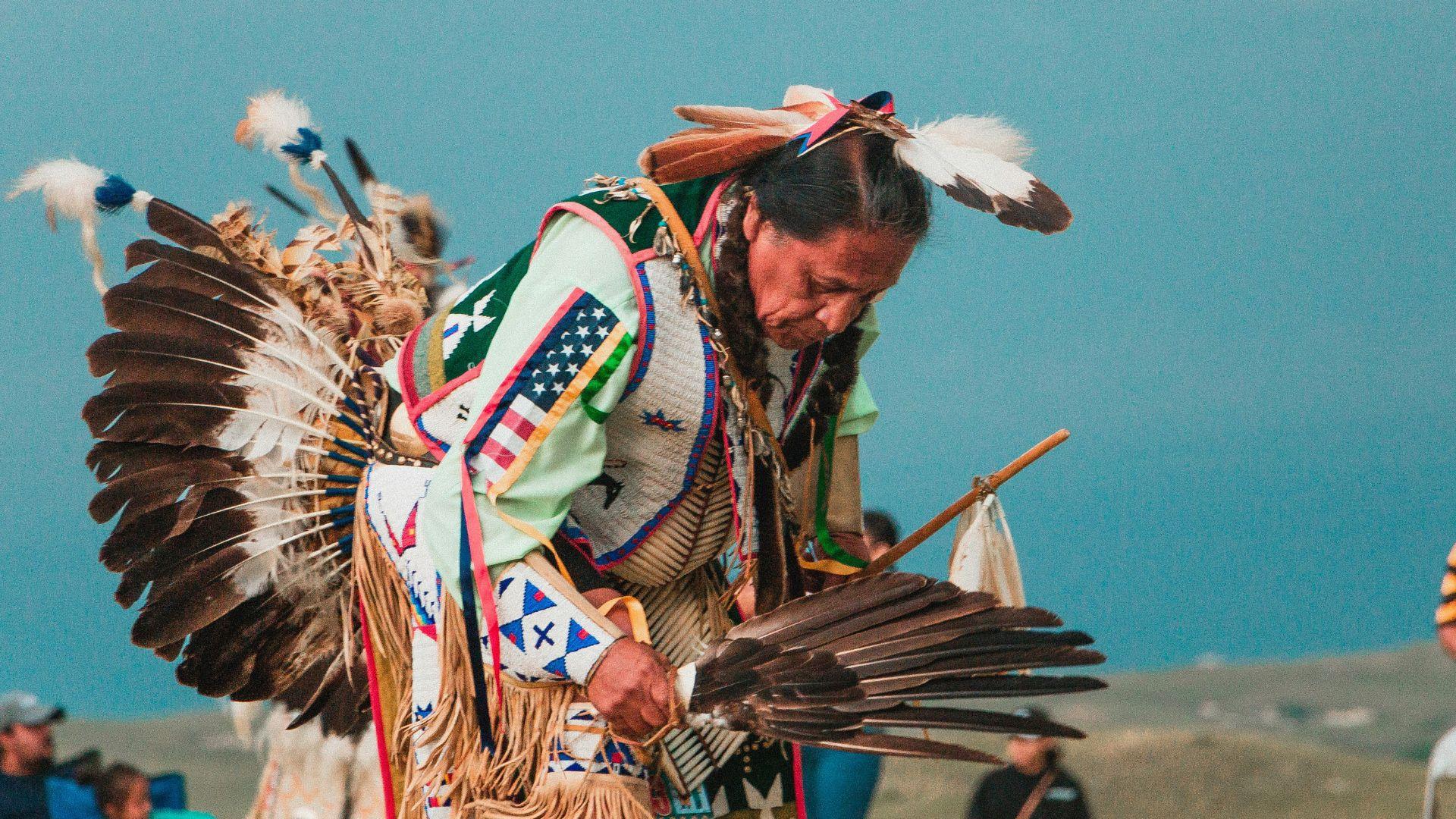
Trust lands are any lands held and managed by the state. These lands are then used to produce revenue for the state, such as for its public schools.
However, according to the U.S. Department of the Interior, most Native American lands are technically considered trust lands. Though trust lands allow the federal or state government to hold its legal title, Native tribes are supposed to still have the benefit from these lands. Many tribes in the U.S. say this isn’t the case.
States Own Over 1 Million Acres Of Reservation Land
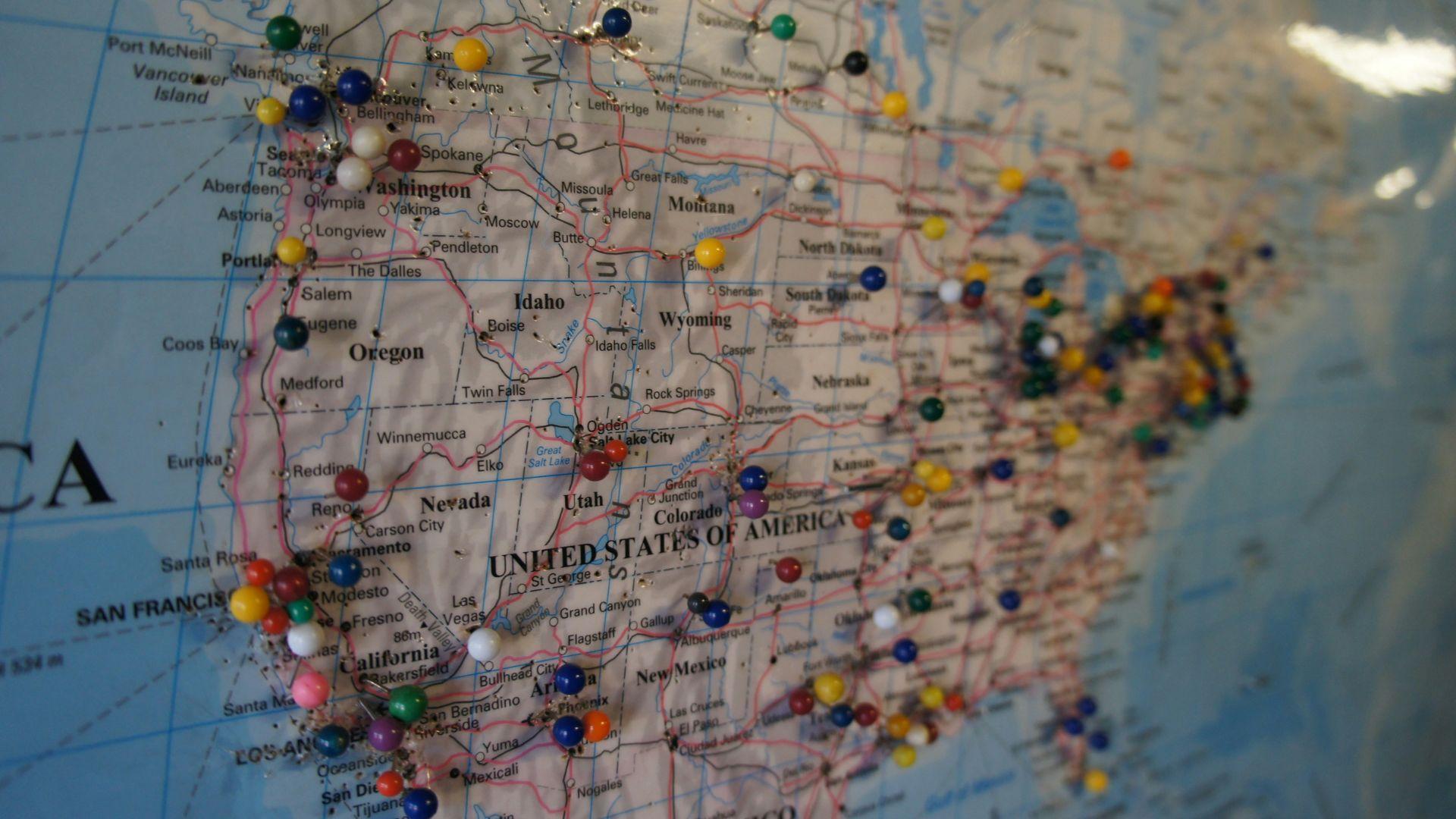
New data compiled by Grist and High Country News has revealed more of just how much land state governments own on reservations. According to this data, more than 1.6 million acres of surface and subsurface lands are located within Indian reservations.
As a result of this report, researchers found that state trust lands can be found in 10 states and within 83 different federal Indian reservations.
North Dakota Owns Reservation Land
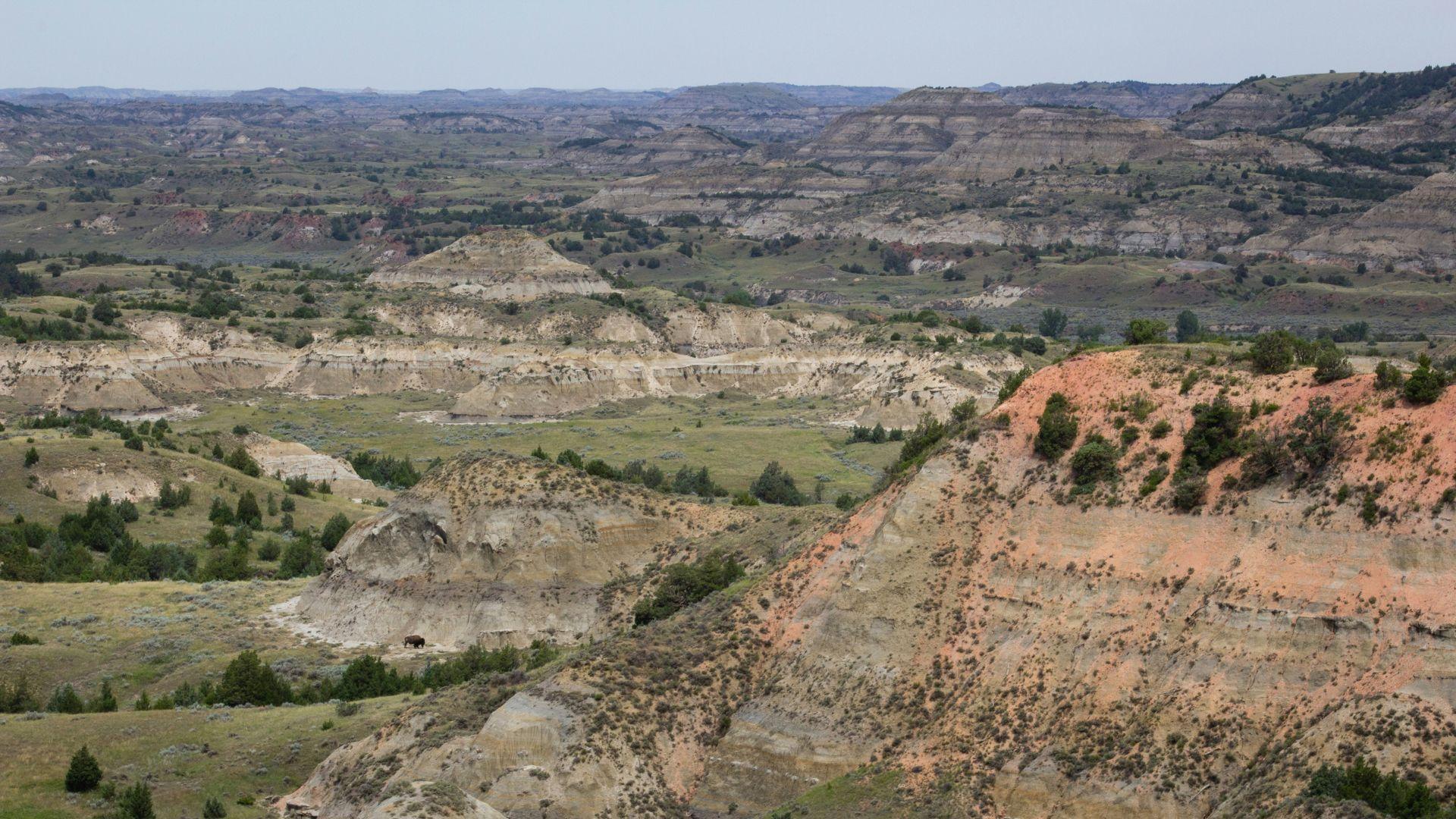
In North Dakota, about 23,500 acres of Standing Rock reservation land is actually managed by the state — not the tribe. The state of North Dakota also manages about 70,000 subsurface acres. Subsurface acres are areas or resources that are underground, such as oil.
Therefore, the state owns 93,500 acres of trust lands — all within reservation borders. According to public records, these lands produce revenue for the Bank of North Dakota and the state’s public schools.
South Dakota’s Hidden Lands
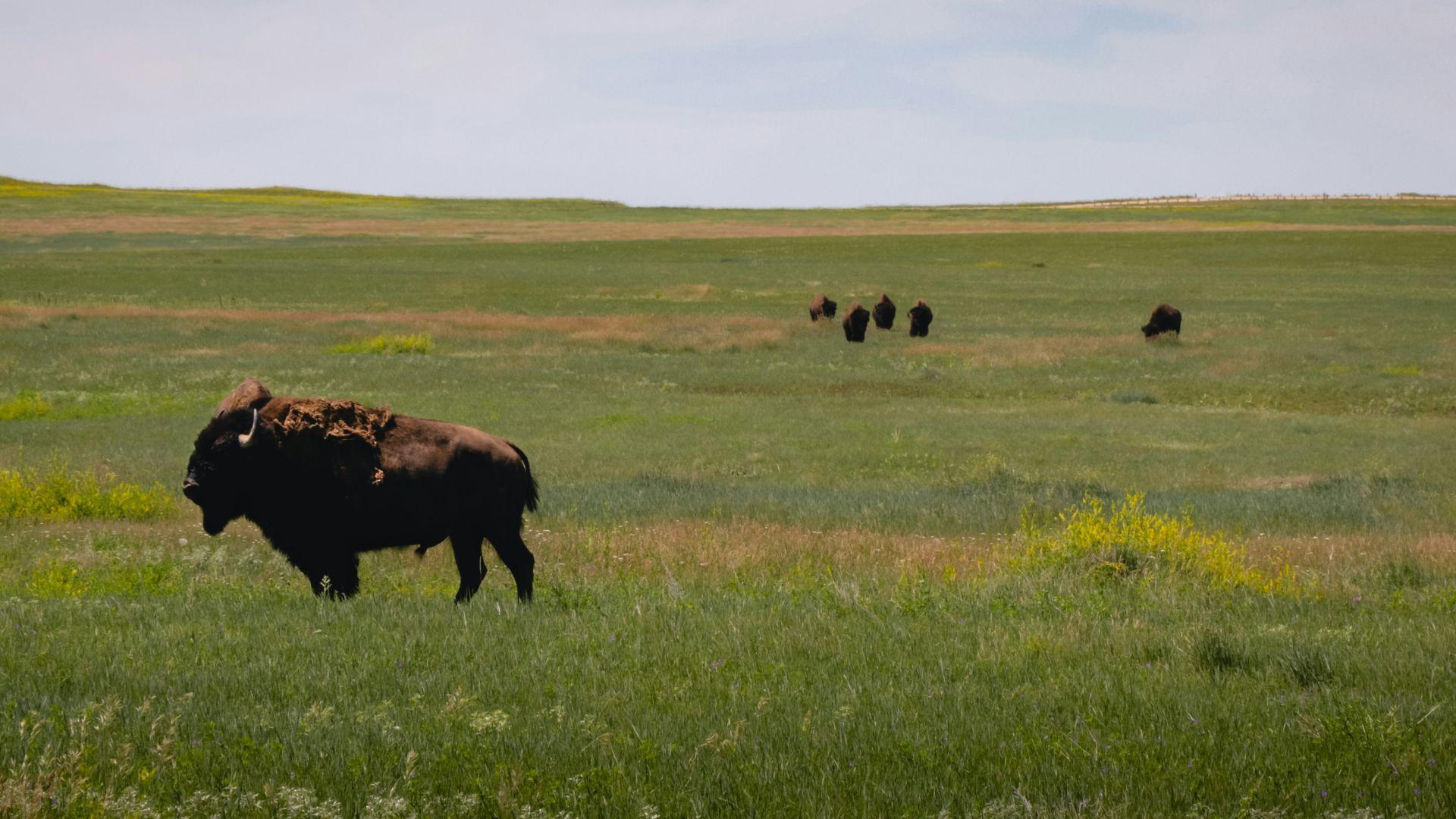
Standing Rock isn’t just in North Dakota. These lands also straddle South Dakota. However, there isn’t public information about exactly how much land South Dakota holds in the tribe’s reservation — though they do manage some acres.
South Dakota does not release any trust land data publicly. After Grist got in contact with the state with a public records request, the state still did not respond with information.
Many Native Americans Are Not Aware Of State Trust Lands
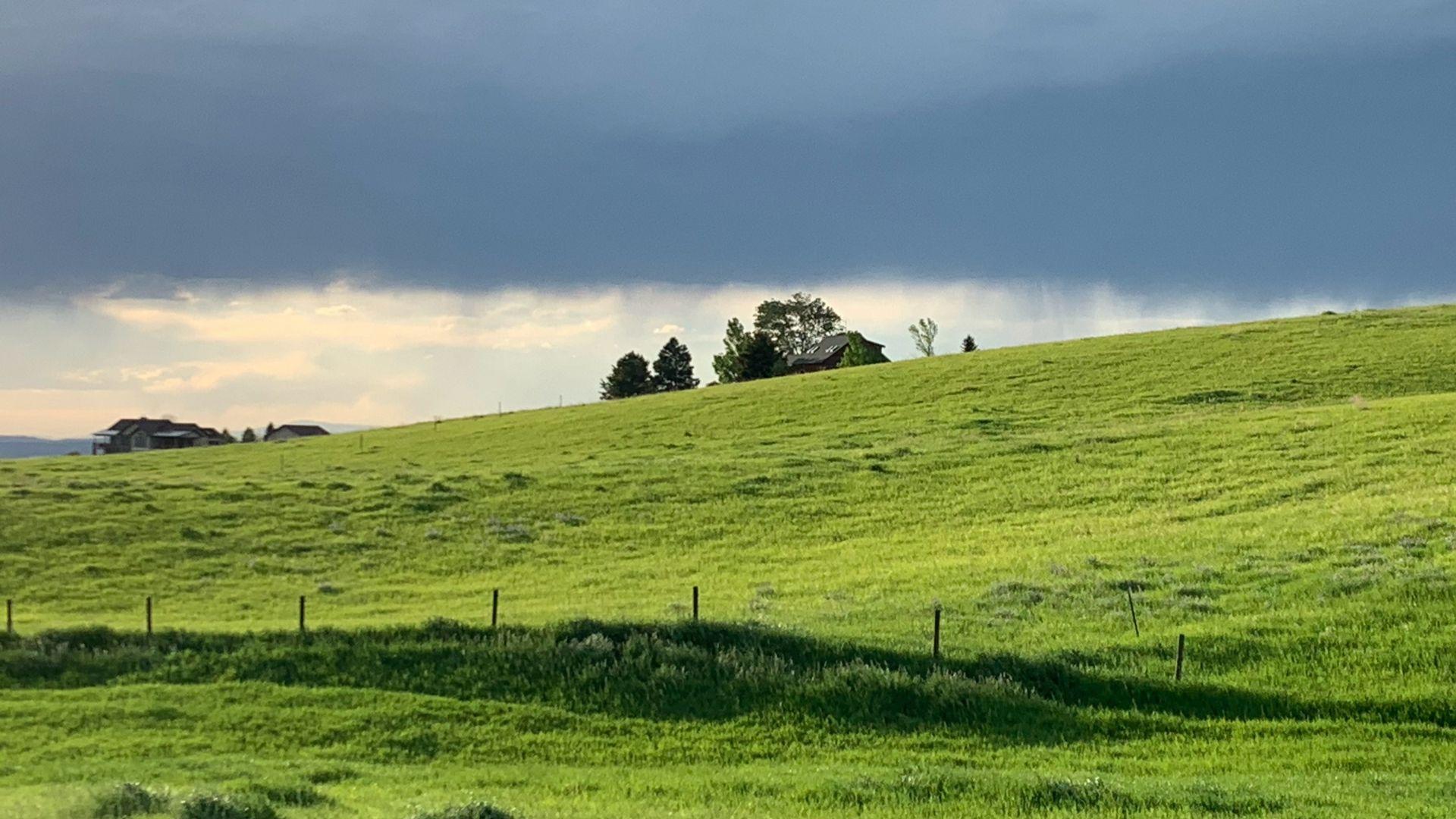
Throughout the country, there are many Native Americans who live on reservations and aren’t aware that the state government manages and holds much of their land.
Jon Eagle Sr., the tribal historic preservation officer in Standing Rock, didn’t know about state trust lands until he became an officer. “They don’t talk to us at all about it,” Eagle said. “I wasn’t even aware that there were lands like that here.”
Native Americans Are Supposed To Benefit From Reservation Land
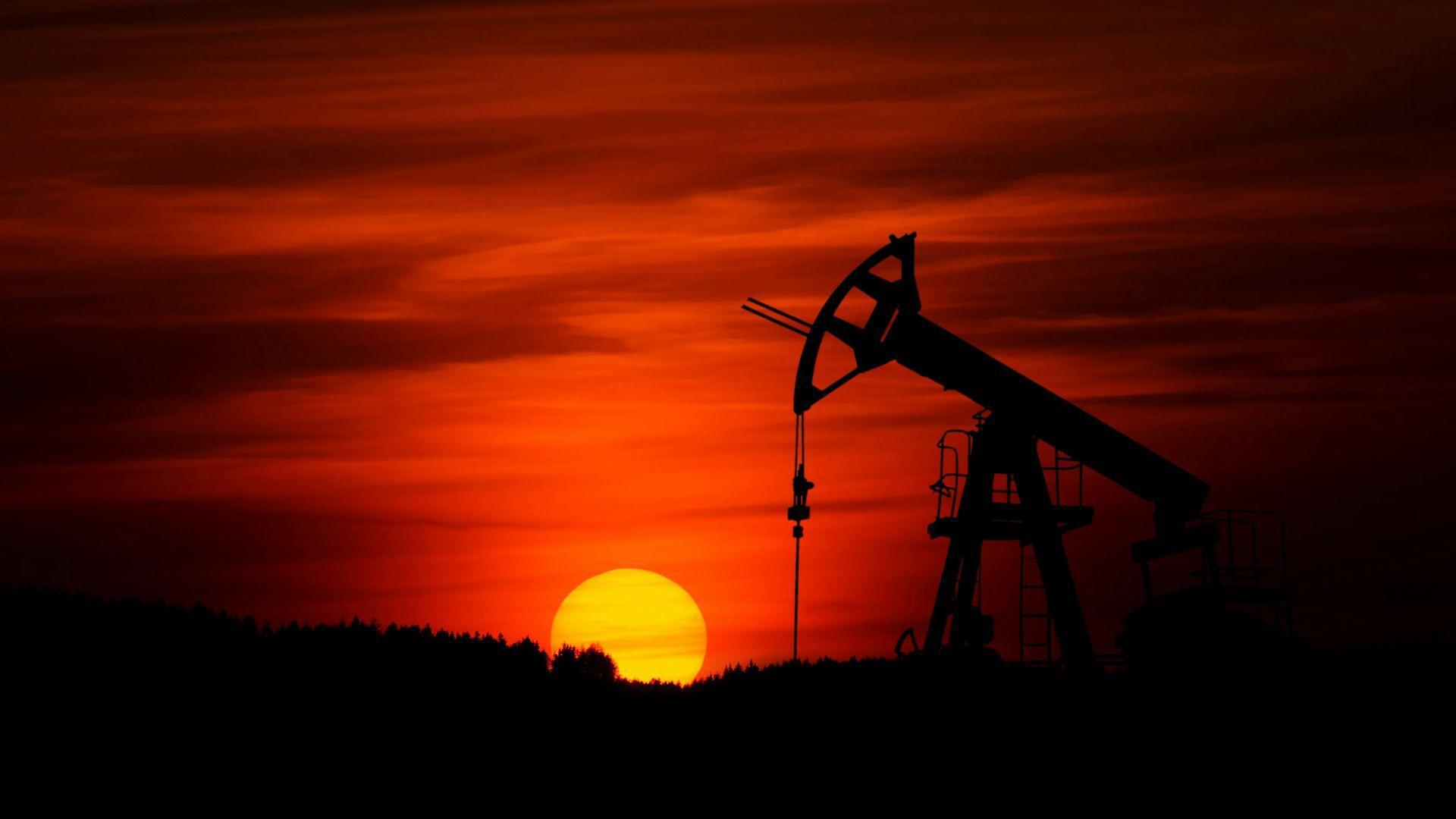
According to the U.S. government, Native American tribes are supposed to benefit from all reservation land. However, that hasn’t necessarily been the case.
Many tribal nations that have state trust lands controlled and managed by the state do not have control over their own lands. Many tribes have also stated that these states do not get in contact with tribes to discuss how this land is going to be used.
Where Does Money From The Land Go?

In North Dakota, the land the state manages in reservations goes straight to their bank and public school system. Throughout the 10 other states that also hold state trust lands in Native land, the money goes to a variety of different areas.
Reservations are supposed to be managed and controlled by tribes. Any money earned off the land is supposed to be managed by Native Americans. Unfortunately, the money the state makes from these lands goes to universities, hospitals, penitentiaries, public schools, and other state-run institutions.
How Reservations Lost Land
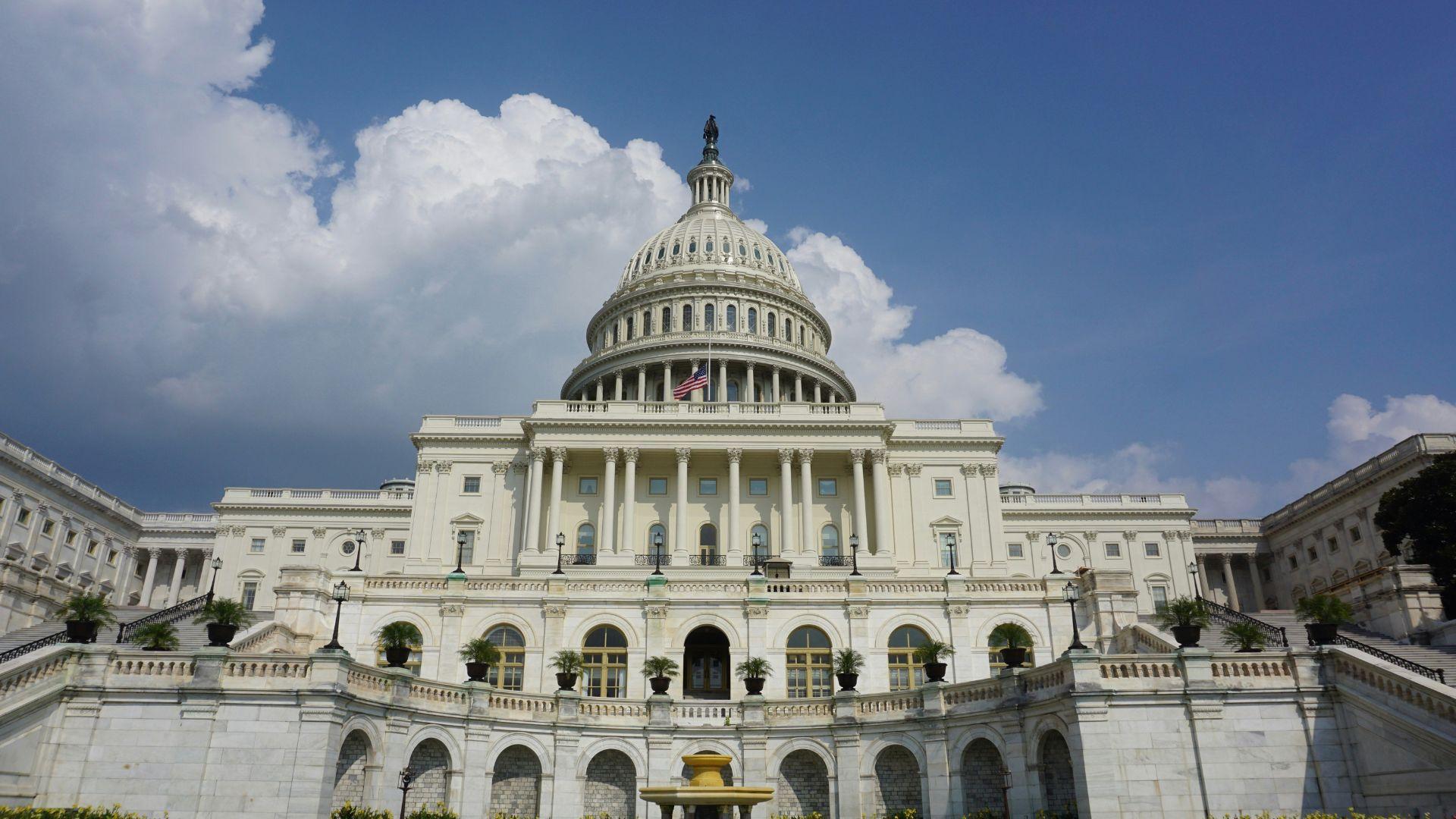
In 1851, the U.S. Congress created reservations to manage Native Americans forcibly removed from their homes. However, in the West, after reservation lands were created, states began to join the union.
This eventually led to the federal government breaking up various reservations as more states were created, and more land was needed for more settlers as they moved west. The government handed some areas to individual tribes — but then handed more of this reservation land to states and federal projects.
The Allotment Era
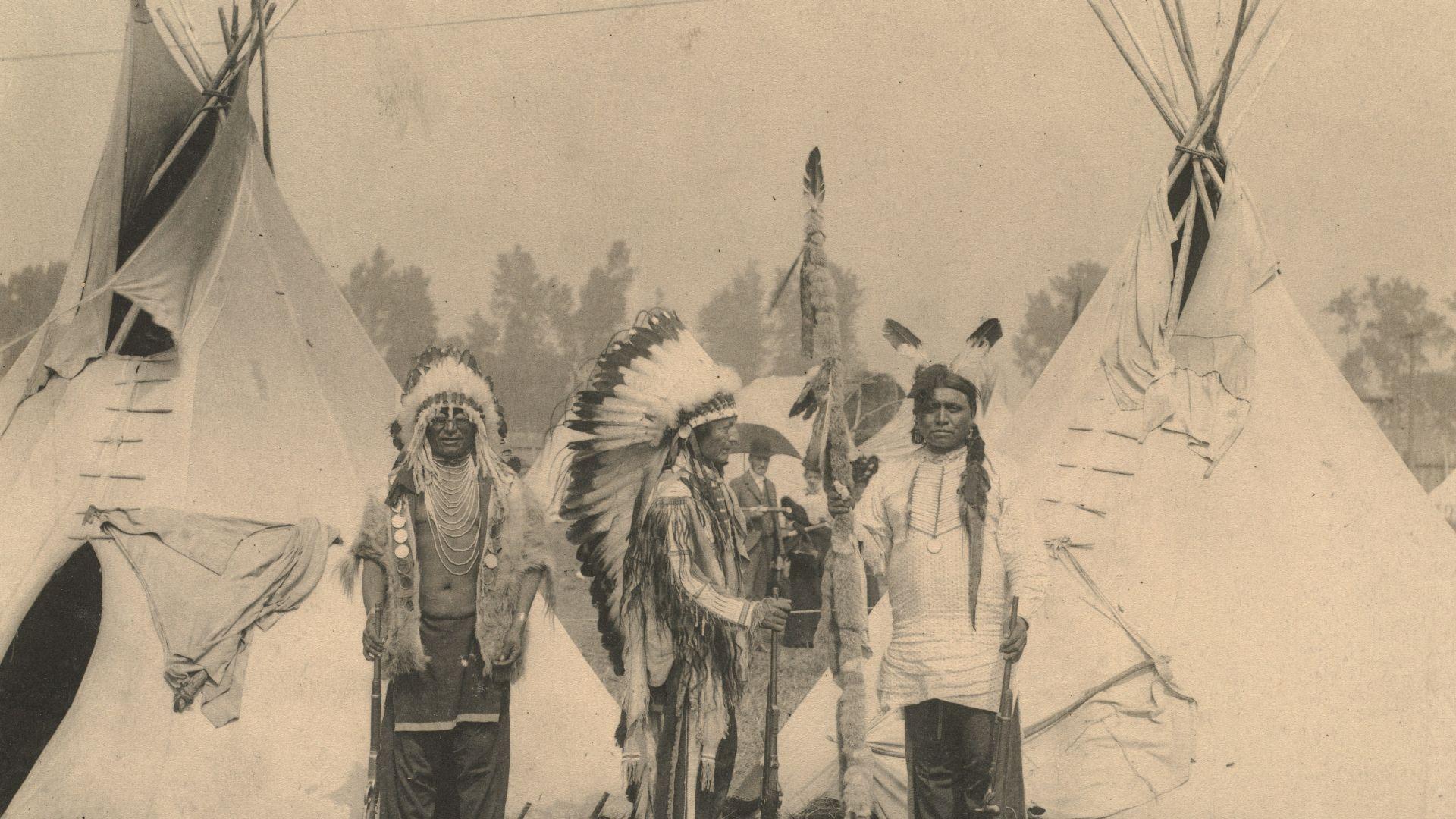
Known as the Allotment Era, the federal government successfully broke up tribal power by separating Native land and handing it out to other, non-Native people. It also allowed the state government to benefit from reservation lands’ resources.
The laws passed during this era are still being seen today. Though some state governments say that they work with input from tribes on state trust lands, this isn’t necessarily the case across the board.
Differing Views On How To Manage Land
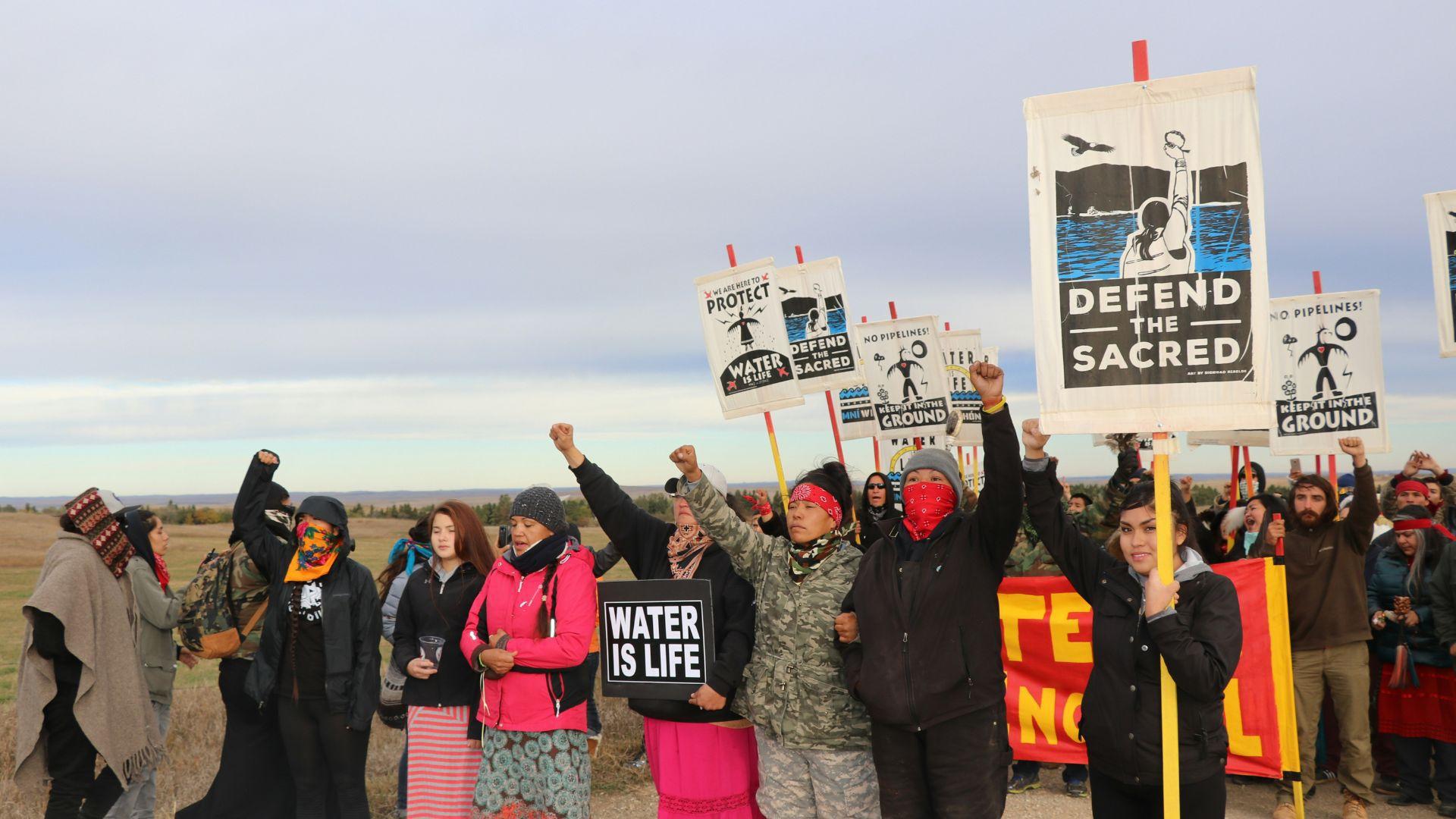
Many Native Americans have been developing tools to help with climate change on their tribal lands. However, this often puts them at odds with state governments that manage parts of their reservation. For example, Montana owns tribal land — and has continued to extract oil and gas on their trust lands.
“I think we’ve gotten used to lands on the rez being owned by others, and they make use of those lands the way they want to,” Michael Dolson, a member of the Confederated Salish and Kootenai Tribe in Montana, said. “Do we appreciate that? Well, no. Especially when it’s parcels that have some sort of cultural significance to us, and we have no control over it, even though they’re on our own reservation.”
The States That Hold Reservation Land

Many policymakers and Native American leaders were not even aware of these issues with state trust lands until recently. Now, many tribes hope that more attention will be brought to this issue.
Thus far, at least 10 states have been found to manage land inside of reservations. These include North Dakota, South Dakota, Montana, Washington, Utah, New Mexico, Arizona, Idaho, Wyoming, and Minnesota.
